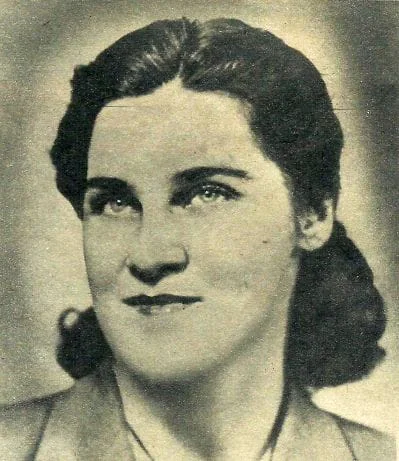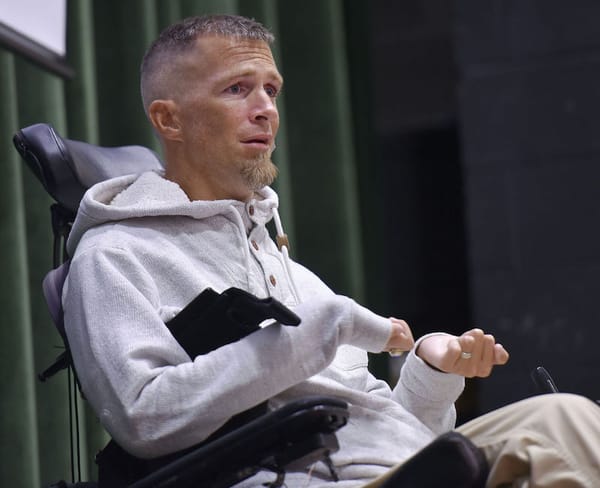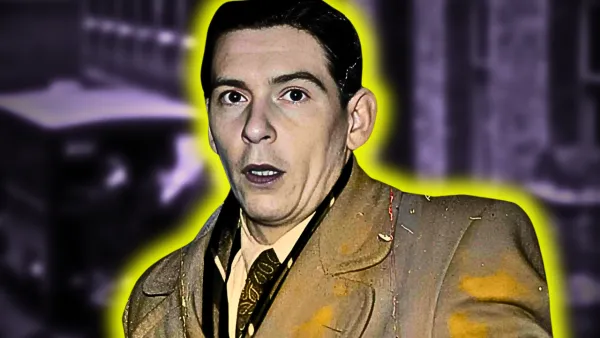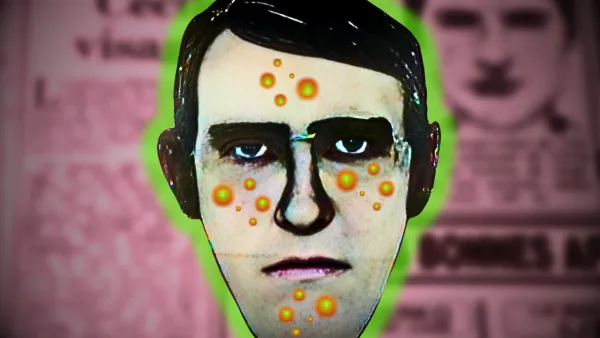She Can’t Cheat If She Has No Head. The Gruesome Murder of Dorothy Eggers: A Tale of Betrayal and Brutality

WARNING: EXTREMELY GRAPHIC IMAGE AHEAD
In the annals of true crime, few cases are as chilling and perplexing as the murder of Dorothy Eggers at the hands of her husband, Arthur Eggers. This horrific tale of domestic violence and calculated cruelty unfolded in San Bernardino, California, leaving a community shocked and a family shattered.
The Disappearance

On a seemingly ordinary day in 1946, Arthur Eggers walked into the San Bernardino police station to report his wife, Dorothy, missing. However, from the moment he began speaking, red flags emerged. Arthur's description of his wife was oddly inaccurate - he misstated her height by a staggering five inches. Even more suspicious was his casual suggestion that Dorothy had likely run off with a truck driver, an explanation that seemed both callous and implausible.Little did Arthur know that his poorly constructed alibi was about to crumble spectacularly. The police were already investigating the discovery of a headless body, and Arthur's report would soon connect the dots in a most macabre manner.

The Investigation Unfolds
As detectives delved deeper into Arthur's story, inconsistencies began to pile up. His demeanor, far from that of a concerned husband, raised eyebrows among seasoned investigators.

The nonchalant way he spoke about his wife's supposed infidelity struck a discordant note, prompting law enforcement to scrutinize his every word and action.Meanwhile, the unidentified headless corpse weighed heavily on the minds of the police. Could this be the missing Dorothy Eggers? The timing of Arthur's report and the condition of the body seemed too coincidental to ignore. Investigators now faced the grim task of piecing together a puzzle of betrayal and violence.

As the investigation progressed, the true horror of Dorothy's fate came to light. Her body had been discovered in a state of gruesome dismemberment, a testament to the brutality of her killer. The removal of her head was not just an act of violence, but a calculated attempt to hinder identification.In a chilling turn of events, Arthur Eggers was taken to the Kremer Mortuary in San Bernardino to identify the body. Accompanied by Sheriff Emmet Shay, Arthur faced the consequences of his actions in the cold, clinical environment of the morgue. The moment of identification would prove to be a turning point in the case, as Arthur's reaction - or lack thereof - would speak volumes.
Unraveling the Motive
As investigators dug into the Eggers' marriage, a picture of discord and resentment began to emerge. While the exact trigger for Arthur's horrific act remained unclear, patterns of domestic tension and Arthur's growing dissatisfaction became apparent. The prosecution would later argue that Arthur's motive stemmed from a toxic combination of jealousy, financial stress, and a desperate desire for freedom from his marital obligations.
The Trial

The trial of Arthur Eggers became a sensation, drawing attention from across California. The prosecution painted a picture of a cold-blooded killer who had meticulously planned and executed the murder of his wife. They presented evidence of Arthur's inconsistent statements, his suspicious behavior following Dorothy's disappearance, and the brutal nature of the crime itself.The defense, on the other hand, attempted to cast doubt on Arthur's guilt, suggesting alternative scenarios and questioning the reliability of the evidence. However, the weight of the prosecution's case proved overwhelming.
The Verdict and Aftermath
After a trial that captivated the public, Arthur Eggers was found guilty of the murder of Dorothy Eggers. The jury, confronted with the horrific details of the crime and Arthur's unconvincing denials, delivered a verdict that would see him face the ultimate penalty.

The conviction of Arthur Eggers brought a measure of justice for Dorothy, but it could never erase the tragedy of her brutal end. The case left an indelible mark on the community of San Bernardino and served as a stark reminder of the potential for violence lurking behind closed doors.





